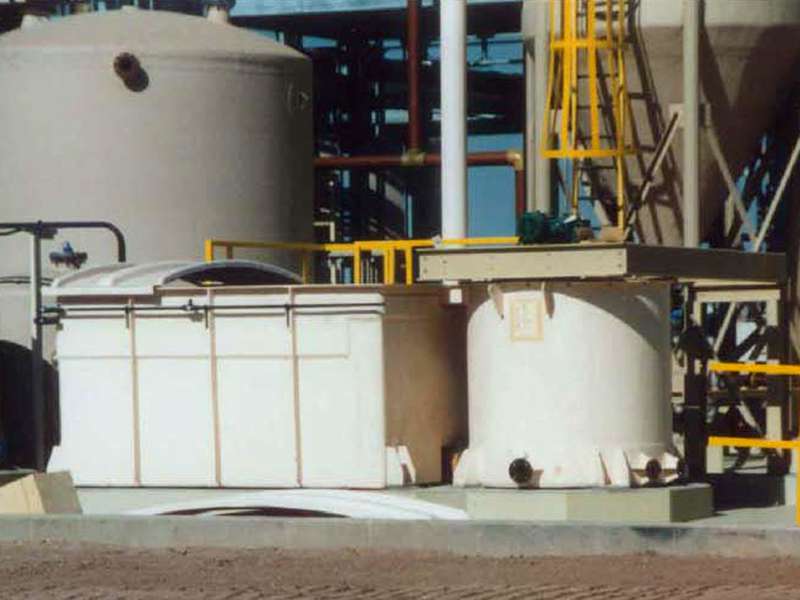
-
 Afrikaans
Afrikaans -
 Albanian
Albanian -
 Amharic
Amharic -
 Arabic
Arabic -
 Armenian
Armenian -
 Azerbaijani
Azerbaijani -
 Basque
Basque -
 Belarusian
Belarusian -
 Bengali
Bengali -
 Bosnian
Bosnian -
 Bulgarian
Bulgarian -
 Catalan
Catalan -
 Cebuano
Cebuano -
 China
China -
 China (Taiwan)
China (Taiwan) -
 Corsican
Corsican -
 Croatian
Croatian -
 Czech
Czech -
 Danish
Danish -
 Dutch
Dutch -
 English
English -
 Esperanto
Esperanto -
 Estonian
Estonian -
 Finnish
Finnish -
 French
French -
 Frisian
Frisian -
 Galician
Galician -
 Georgian
Georgian -
 German
German -
 Greek
Greek -
 Gujarati
Gujarati -
 Haitian Creole
Haitian Creole -
 hausa
hausa -
 hawaiian
hawaiian -
 Hebrew
Hebrew -
 Hindi
Hindi -
 Miao
Miao -
 Hungarian
Hungarian -
 Icelandic
Icelandic -
 igbo
igbo -
 Indonesian
Indonesian -
 irish
irish -
 Italian
Italian -
 Japanese
Japanese -
 Javanese
Javanese -
 Kannada
Kannada -
 kazakh
kazakh -
 Khmer
Khmer -
 Rwandese
Rwandese -
 Korean
Korean -
 Kurdish
Kurdish -
 Kyrgyz
Kyrgyz -
 Lao
Lao -
 Latin
Latin -
 Latvian
Latvian -
 Lithuanian
Lithuanian -
 Luxembourgish
Luxembourgish -
 Macedonian
Macedonian -
 Malgashi
Malgashi -
 Malay
Malay -
 Malayalam
Malayalam -
 Maltese
Maltese -
 Maori
Maori -
 Marathi
Marathi -
 Mongolian
Mongolian -
 Myanmar
Myanmar -
 Nepali
Nepali -
 Norwegian
Norwegian -
 Norwegian
Norwegian -
 Occitan
Occitan -
 Pashto
Pashto -
 Persian
Persian -
 Polish
Polish -
 Portuguese
Portuguese -
 Punjabi
Punjabi -
 Romanian
Romanian -
 Russian
Russian -
 Samoan
Samoan -
 Scottish Gaelic
Scottish Gaelic -
 Serbian
Serbian -
 Sesotho
Sesotho -
 Shona
Shona -
 Sindhi
Sindhi -
 Sinhala
Sinhala -
 Slovak
Slovak -
 Slovenian
Slovenian -
 Somali
Somali -
 Spanish
Spanish -
 Sundanese
Sundanese -
 Swahili
Swahili -
 Swedish
Swedish -
 Tagalog
Tagalog -
 Tajik
Tajik -
 Tamil
Tamil -
 Tatar
Tatar -
 Telugu
Telugu -
 Thai
Thai -
 Turkish
Turkish -
 Turkmen
Turkmen -
 Ukrainian
Ukrainian -
 Urdu
Urdu -
 Uighur
Uighur -
 Uzbek
Uzbek -
 Vietnamese
Vietnamese -
 Welsh
Welsh -
 Bantu
Bantu -
 Yiddish
Yiddish -
 Yoruba
Yoruba -
 Zulu
Zulu
Innovative FRP Solutions for Desalination Piping and Fittings Applications
FRP Desalination Piping and Fitting A Revolutionary Approach to Water Desalination
Water scarcity is one of the most pressing global challenges of the 21st century. The increasing population, climate change, and industrialization have intensified the demand for freshwater. Desalination, the process of removing salt and other impurities from seawater, is rapidly becoming a viable solution to this crisis. However, the infrastructure that supports desalination processes is as crucial as the technology itself. One of the most innovative advancements in this sector is the use of Fiber Reinforced Polymer (FRP) for piping and fittings in desalination plants.
FRP materials offer a unique combination of benefits that make them particularly suitable for the demanding environment of desalination operations. Unlike traditional materials such as steel or PVC, FRP materials are resistant to corrosion. The challenging saline environment in desalination facilities can lead to rapid degradation of conventional piping, resulting in costly maintenance and repairs. FRP, on the other hand, maintains its integrity over time, providing a longer lifespan and reducing lifecycle costs.
FRP Desalination Piping and Fitting A Revolutionary Approach to Water Desalination
Another notable advantage of FRP piping is its flexibility in design and construction. FRP can be molded into various shapes and sizes, allowing engineers to create customized solutions that fit specific project requirements. This adaptability is essential in desalination plants, where space is often limited, and specific flow requirements must be met. The ability to integrate complex fittings and configurations reduces the number of joints and connections needed, which in turn minimizes leak points and ensures more reliable operation.
frp desalination piping and fitting

In addition to its functional benefits, FRP is environmentally friendly. The production of FRP materials involves using less energy compared to traditional materials, resulting in a lower carbon footprint. Moreover, its longevity means that FRP contributes to sustainability by reducing the frequency of replacements and the associated ecological impact of manufacturing new pipes and fittings.
The use of FRP in desalination also extends to its ability to withstand extreme temperatures and pressures. Many desalination processes, such as reverse osmosis, require high-pressure systems to operate effectively. FRP can be engineered to bear these conditions, ensuring that the system works efficiently without the risk of failure, which is critical for the consistent supply of potable water.
In summary, the application of FRP in desalination piping and fittings represents a significant advancement in addressing global water scarcity. Its resistance to corrosion, lightweight nature, design flexibility, environmental benefits, and ability to endure extreme conditions not only enhance the efficiency and durability of desalination plants but also contribute to the overall sustainability of water resources. As water shortages continue to loom, investing in innovative materials like FRP will be vital in driving forward the desalination industry and ensuring a sustainable supply of fresh water for future generations.
The world stands at a critical juncture, where the need for fresh water surpasses traditional means of supply. By embracing technologies and materials such as FRP, the desalination industry can not only improve its infrastructure but also set a precedent for sustainable practices in water management. As we move toward a more water-conscious future, FRP piping and fittings will undoubtedly play a pivotal role in securing global water resources.
Latest news
-
Exploring the Benefits of Top Hammer Drifter Rods for Enhanced Drilling PerformanceNewsJun.10,2025
-
High-Precision Fiberglass Winding Machine for GRP/FRP Pipe Production – Reliable & Efficient SolutionsNewsJun.10,2025
-
FRP Pipes & Fittings for Shipbuilding - Corrosion-Resistant & LightweightNewsJun.09,2025
-
Premium FRP Flooring Solutions Durable & Slip-ResistantNewsJun.09,2025
-
Premium Fiberglass Rectangular Tanks Durable & Lightweight SolutionNewsJun.09,2025
-
Tapered Drill String Design Guide Durable Performance & UsesNewsJun.09,2025









